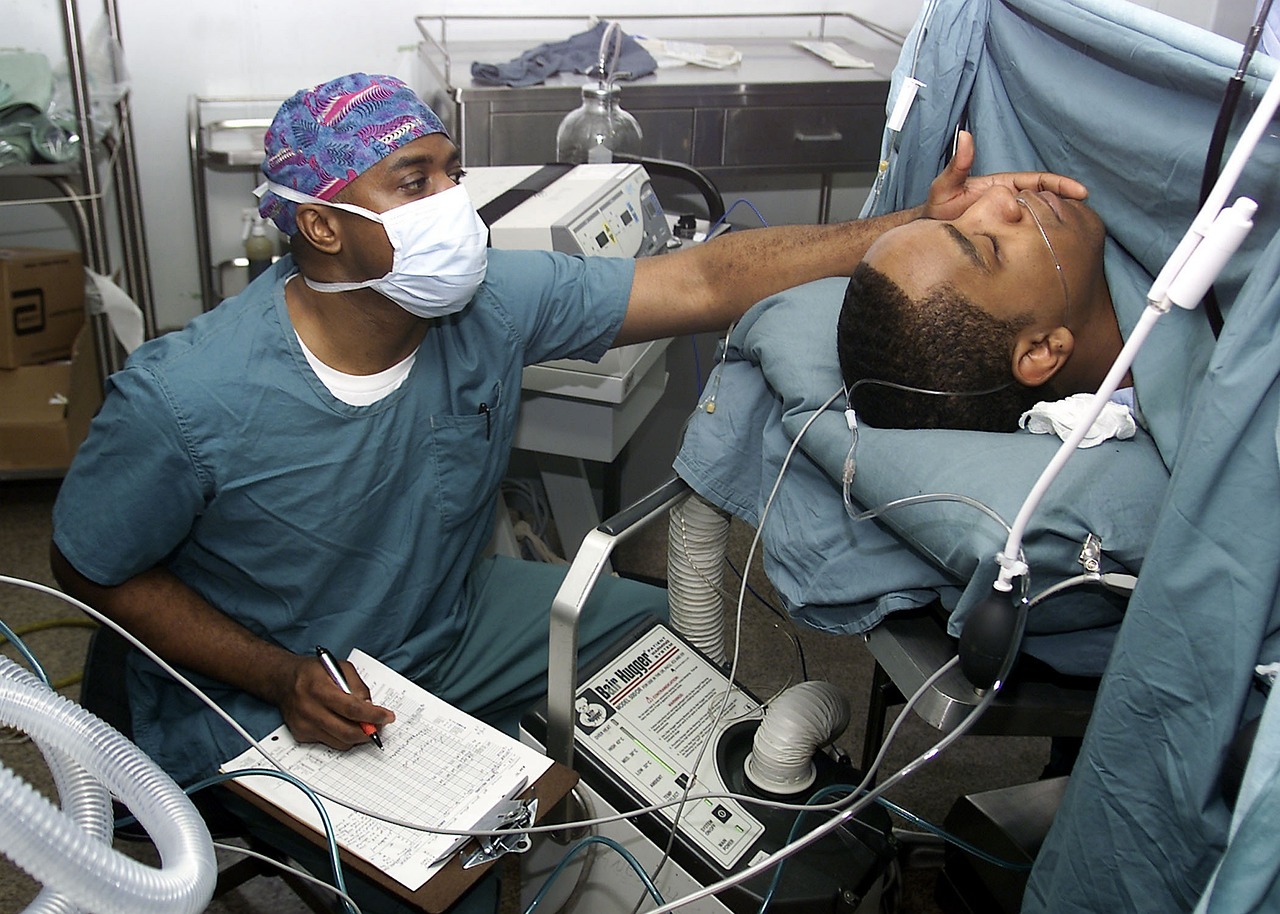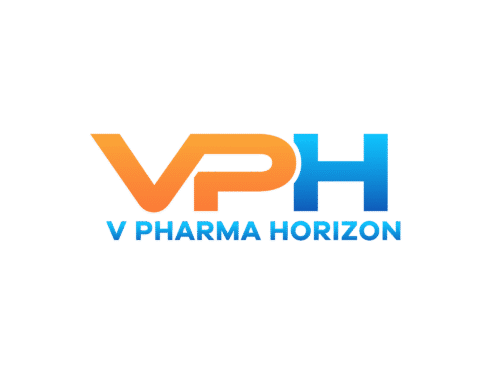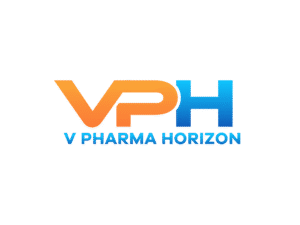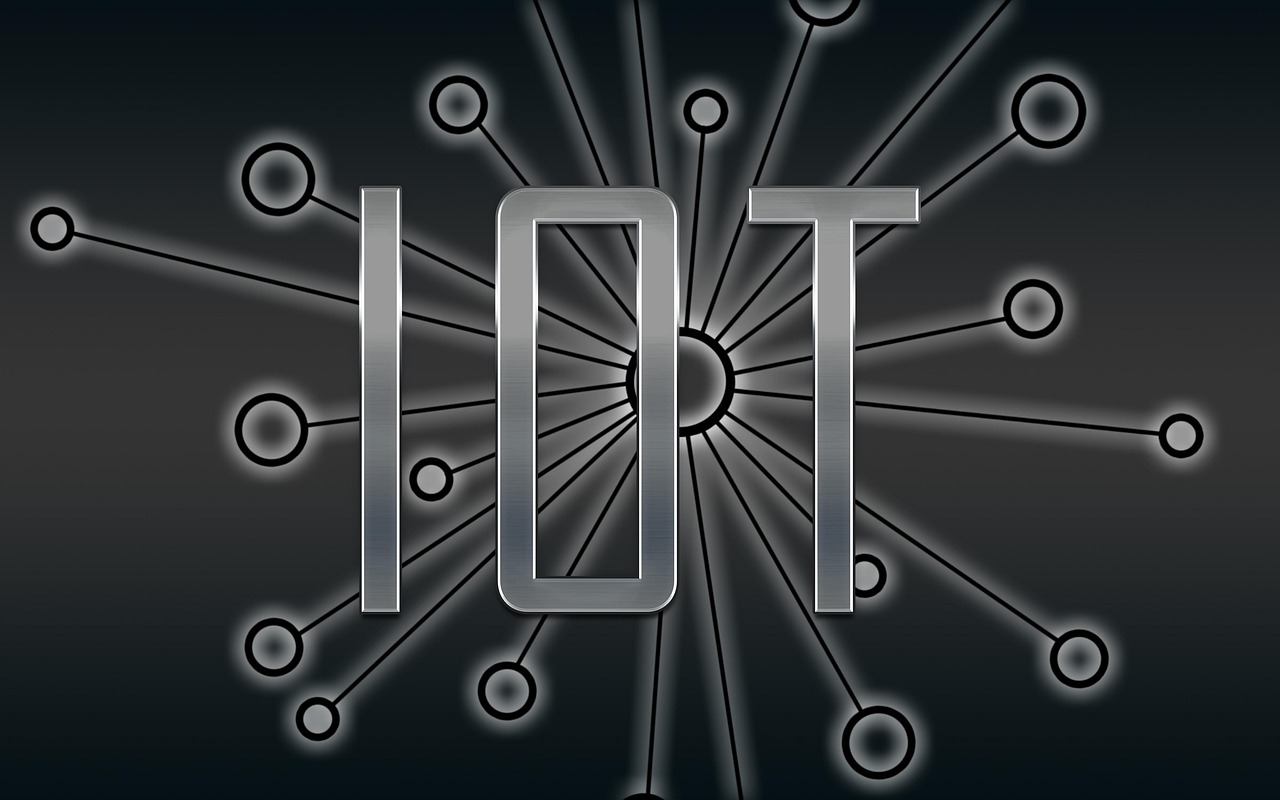Remote Patient Monitoring: A New Era for Pharma-Provider Collaboration
The rise of Remote Patient Monitoring (RPM) is reshaping the dynamics between pharmaceutical companies and healthcare providers, marking a transformative era of collaboration rooted in real-time data, patient engagement, and personalized care. As healthcare shifts

The rise of Remote Patient Monitoring (RPM) is reshaping the dynamics between pharmaceutical companies and healthcare providers, marking a transformative era of collaboration rooted in real-time data, patient engagement, and personalized care. As healthcare shifts toward value-based outcomes and patient-centric models, RPM is emerging as a powerful tool that not only improves clinical decisions but also creates new opportunities for pharma to play an active, continuous role in patient management.
From Episodic Care to Continuous Monitoring
Traditionally, patient-provider interactions have been episodic, based largely on scheduled visits and self-reported data. RPM changes this paradigm by enabling the collection and transmission of health data—such as vital signs, glucose levels, and medication adherence—in real time. For providers, this translates to more accurate, timely interventions. For pharma companies, it opens a gateway to understanding how medications perform in real-world conditions outside clinical trials.
Data-Driven Insights for Drug Optimization
One of the most significant advantages of RPM is the wealth of real-world data (RWD) it generates. Pharma companies can collaborate with providers to analyze trends in medication effectiveness, side effects, and patient behavior. This RWD can inform everything from label expansions to post-market surveillance and pharmacovigilance. It also supports adaptive trial designs and real-time patient stratification, which are critical in precision medicine.
For example, a pharmaceutical firm developing a hypertension drug can monitor blood pressure readings via wearable devices to assess how patients respond across different demographics and comorbidities. This feedback loop strengthens drug development and can lead to the creation of more tailored therapies.
Bridging Gaps in Adherence and Outcomes
Medication non-adherence remains one of the biggest barriers to effective treatment, costing the global healthcare system billions annually. Through RPM, providers can track whether patients are following their prescribed regimens and intervene early when deviations occur. Pharma companies can support these efforts by co-developing digital adherence tools, such as smart pill bottles, reminders, or AI-driven coaching apps.
These collaborations not only help improve clinical outcomes but also align with pharma’s increasing focus on outcome-based pricing models. Demonstrating the real-world effectiveness of drugs through improved adherence can bolster market access and reimbursement negotiations.
Enhancing Clinical Trial Participation
Recruiting and retaining participants in clinical trials has long been a challenge, particularly in underserved or remote areas. RPM reduces geographical barriers by allowing decentralized or hybrid trials. Pharma companies working with healthcare providers can now extend clinical trials into patients’ homes, improving diversity and access while reducing costs and time-to-market.
Moreover, RPM enables continuous monitoring of trial participants, enhancing safety oversight and improving the richness of collected data. This real-time feedback can accelerate decision-making during the trial process.
The Need for Interoperability and Ethical Guardrails
Despite the promise of RPM, effective pharma-provider collaboration hinges on seamless data integration and strong ethical frameworks. Interoperability between RPM devices, electronic health records, and pharma platforms is still a work in progress. Furthermore, the handling of sensitive patient data requires robust data governance, cybersecurity, and clear consent mechanisms to build and maintain trust.
Pharmaceutical companies must also be cautious not to overstep into clinical decision-making—preserving the integrity of the provider-patient relationship while offering tools and insights that support, rather than dictate, medical care.
A Blueprint for the Future
RPM is redefining the roles and responsibilities of pharma and providers, shifting from siloed operations to integrated care ecosystems. Forward-thinking pharma companies are already establishing strategic partnerships with health systems, digital health startups, and RPM platform providers to co-create solutions that deliver measurable value.
As the healthcare industry continues to evolve, RPM will likely serve as a cornerstone of this transformation—ushering in a new era of collaboration where continuous care, shared data, and aligned incentives converge to improve patient outcomes.
Remote Patient Monitoring is more than just a technological advancement—it is a catalyst for deeper, more effective collaboration between pharma and providers. By leveraging RPM, both parties can enhance patient engagement, improve treatment outcomes, and unlock powerful real-world insights. The future of healthcare is connected, and at its heart lies a partnership model where pharma and providers work hand in hand to deliver smarter, personalized, and proactive care.






